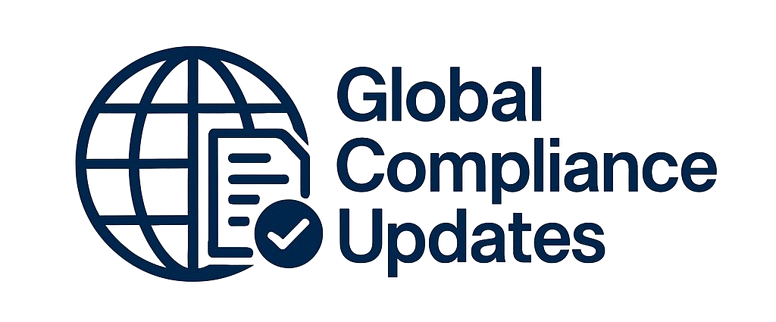You’ve heard it all the time – DOCUMENT, DOCUMENT, DOCUMENT. But what if that documentation hurts you in court? Keep in mind that plaintiffs’ attorneys will go over your documentation with a fine-tooth comb to find ways that your documentation helps their case rather than your case. In this webinar, you will learn how to word your documentation so that it will stand up in court. We will also discuss why documentation is important to convince a jury that you made the right decision.
WHY SHOULD YOU ATTEND?
DOCUMENT, DOCUMENT, DOCUMENT. Labor and employment attorneys will state this over and over (and, frankly, in all capital letters). But what if that documentation hurts you in court rather than helps you? Good documentation will help you win in court. Bad documentation will ensure that you lose in court. What about no documentation at all? You should keep in mind that documentation has a dual purpose – to coach your employee and to support your case that termination was your only option when you have exhausted all other possible options.
AREA COVERED
- Does the employment-at-will doctrine help you when it comes to documentation?
- Myths that employees and jurors believe.
- Performance and disciplinary documentation pitfalls.
- Characteristics of good documentation.
- Worst mistakes in documentation.
- Using email to document.
- Requirements for keeping documentation for recordkeeping purposes.
LEARNING OBJECTIVES
- Learn how to write disciplinary actions that will help you in court.
- Learn why it is important to distinguish between performance and misconduct.
- Learn the ABCs of documentation.
- Learn the goals of every disciplinary procedure.
- Learn document termination decisions.
WHO WILL BENEFIT?
- Human resource professionals.
- Supervisors.
- Human resource generalists.
- In-house counsel.
DOCUMENT, DOCUMENT, DOCUMENT. Labor and employment attorneys will state this over and over (and, frankly, in all capital letters). But what if that documentation hurts you in court rather than helps you? Good documentation will help you win in court. Bad documentation will ensure that you lose in court. What about no documentation at all? You should keep in mind that documentation has a dual purpose – to coach your employee and to support your case that termination was your only option when you have exhausted all other possible options.
- Does the employment-at-will doctrine help you when it comes to documentation?
- Myths that employees and jurors believe.
- Performance and disciplinary documentation pitfalls.
- Characteristics of good documentation.
- Worst mistakes in documentation.
- Using email to document.
- Requirements for keeping documentation for recordkeeping purposes.
- Learn how to write disciplinary actions that will help you in court.
- Learn why it is important to distinguish between performance and misconduct.
- Learn the ABCs of documentation.
- Learn the goals of every disciplinary procedure.
- Learn document termination decisions.
- Human resource professionals.
- Supervisors.
- Human resource generalists.
- In-house counsel.
Speaker Profile
 Susan Fahey Desmond
Susan Fahey Desmond
Susan Fahey Desmond is a partner with McGlinchey Stafford, PLLC which has offices in 33 states across the country. She has been representing management in all areas of labor and employment law for over 35 years. A noted author and speaker, Susan is listed in Best Lawyers in America and has been named by Chambers USA as one of America’s leading business lawyers
Upcoming Webinars

ChatGPT and Project Management: Leveraging AI for Project M…

Workplace Investigations 101: How to Conduct your Investiga…

Project Management for administrative professionals

The Monte Carlo Simulations in Excel for Risky Investments

Onboarding is NOT Orientation - How to Improve the New Empl…

Dealing With Difficult People: At Work & In Life

Transform Data into Insights: A Beginners Guide to Excel Pi…

Construction Lending And Real Credit Administration: Evalua…

Understanding Accounting for non - Accounting professionals

Harassment, Bullying, Gossip, Confrontational and Disruptiv…

New Form 1099 Reporting Requirements: 2025 Compliance Update

Human Error Reduction Techniques for Floor Supervisors

HR Metrics and Analytics 2025 - Update on Strategic Plannin…

Treating Employees Like Adults: Discipline versus Empowerme…

7 Ways To Beat Burnout: Without Quitting Your Job


How to Write Procedures to Avoid Human Errors

Handbook Overhaul 2026: Compliance, OBBB Act & Beyond

FDA Proposes Framework to Advance Credibility of AI Models

Ethical Terminations: Navigating Employee Exits with Legal …

Understanding EBITDA – Definition, Formula & Calculation

Project Management for Non-Project Managers - Scheduling yo…

4-Hour Virtual Seminar on Hidden Secrets of Selling & Marke…

Validation Statistics for Non-Statisticians

Data Integrity and Privacy: Compliance with 21 CFR Part 11,…


The Alphabet Soup: When the FMLA, ADA, COBRA, and Workers' …

Talent Management: How to Leverage AI and ChatGPT Tools for…


Offboarding with Care: Conducting Legal & Ethical Employee …

2-Hour Virtual Seminar on How to Conduct an Internal Harass…

Payments Fraud Detect & Prevent Check, ACH and P-Card Schem…

Managing Toxic & Other Employees Who have Attitude Issues



Reduce Stress in the Workplace: Effective Ways to Handle Co…





Excel - Pivot Tables - The Key To Modern Data Analysis and …
